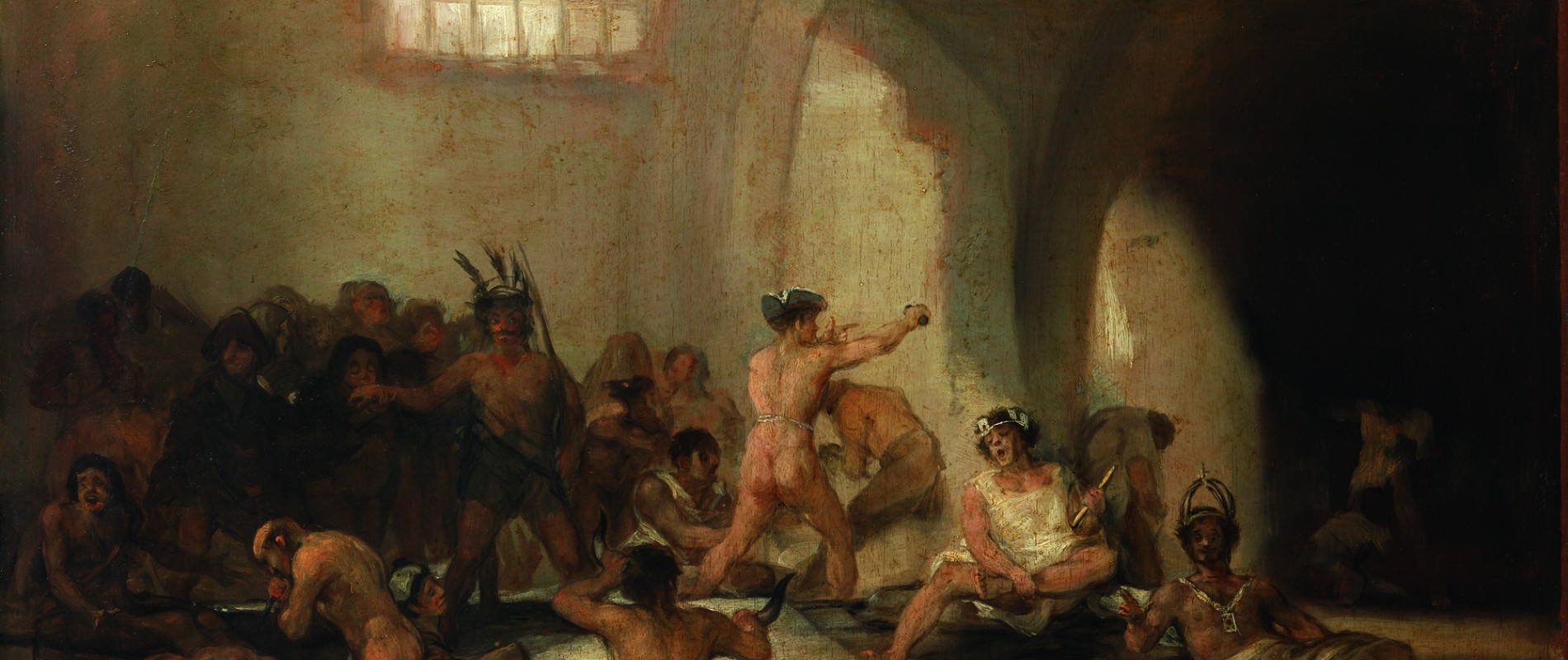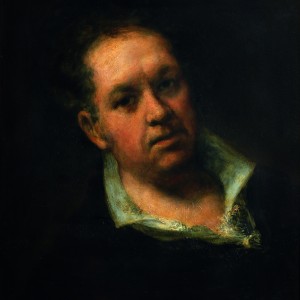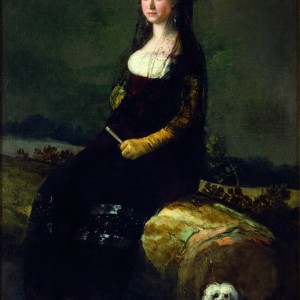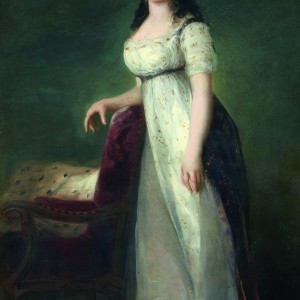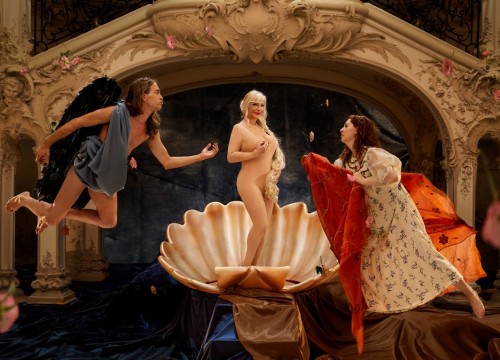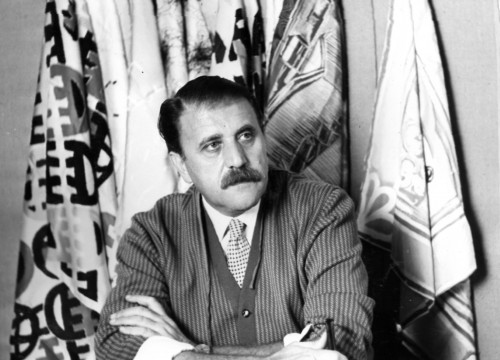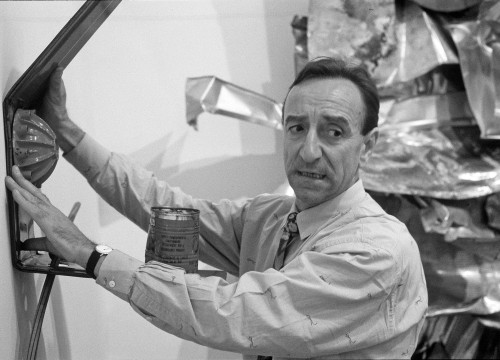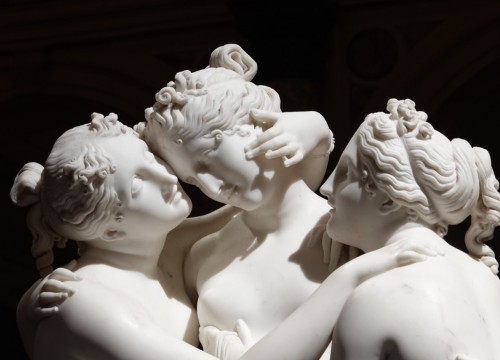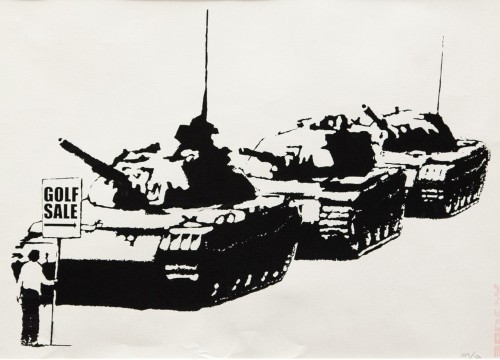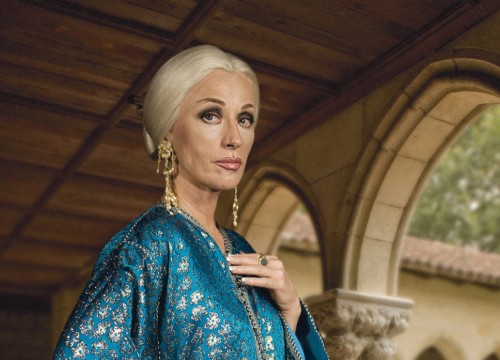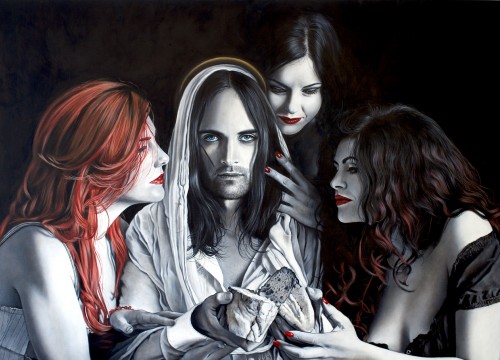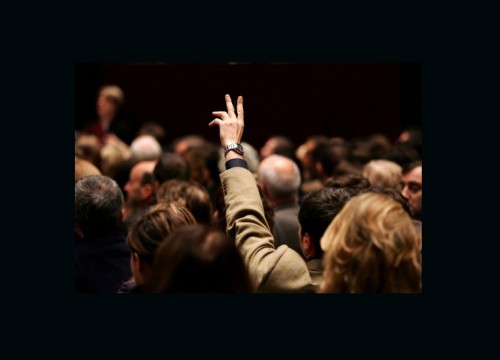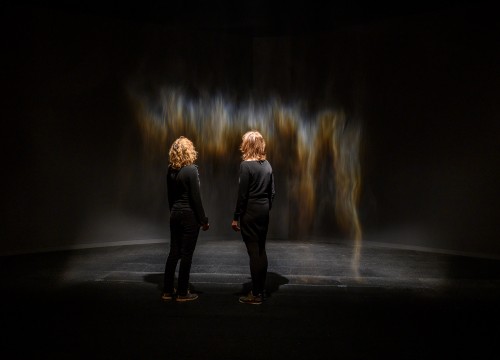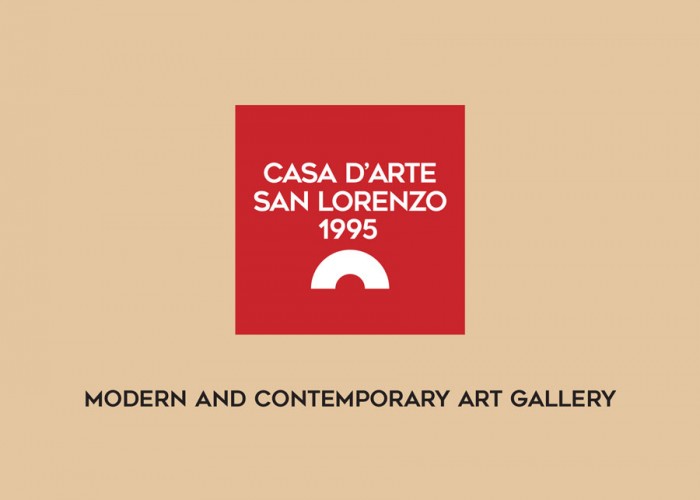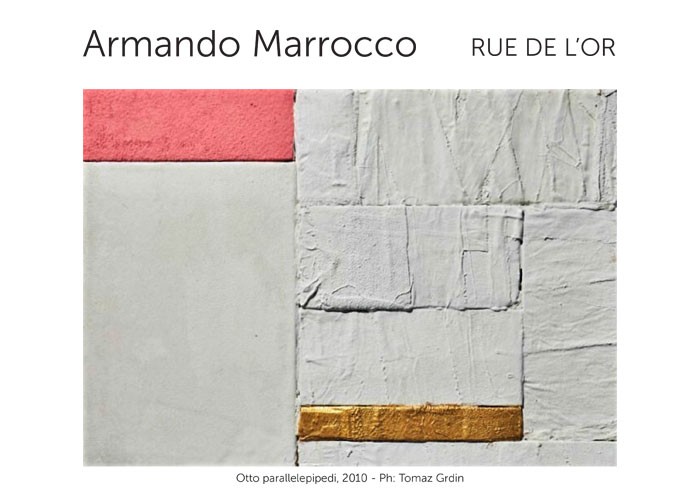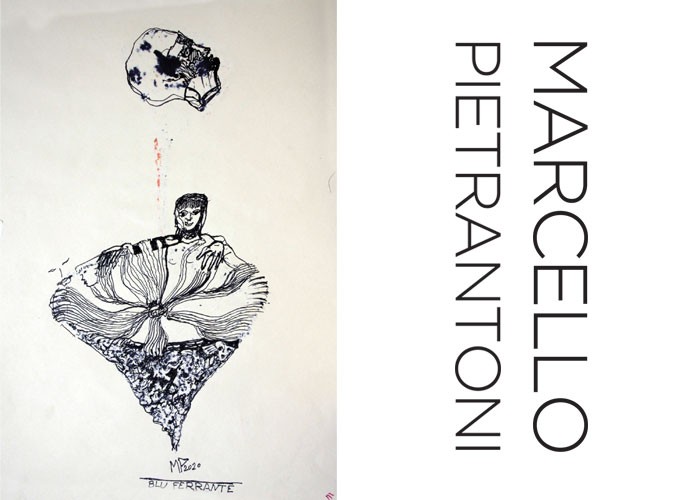80 artworks traces the artistic path of the great Spanish artist
Francisco José de Goya y Lucientes (1746-1827) was born in Fuendetodos, a small village in Sierra Gorda, in Aragon region. He took his education and his first major commission in Zaragoza - the frescoes for the Nuestra Señora del Pilar Church - then, in 1774, after his journey in Italy, he is based in Madrid to realize the cards for the Santa Barbara royal tapestry. Lastly, in Bordeaux, in voluntary exile, disappointed by the return of the Bourbon regime and by a monarchy hostile to all freedom.
A FREE SPIRIT, AT THE TURN OF TWO CENTURIES, THAT FEEDS ON ENLIGHTENMENT AND ROMANTIC
From 1785 he was portraitist of the court and the official positions are countless, as well as the huge production of paintings, engravings, drawings. In 1792, an insidious disease and complete deafness gave history another Goya, an artist with radical transformations and unable to rest in the courtly duties. A free spirit, at the turn of two centuries, that feeds on Enlightenment and Romantic, in the struggle between Voltairian lucidity and nineteenth-century visionary thought, which proceeds, with extraordinary originality, in his creative story, marked not so much by a stylistic and thematic unity, as by innovative shocks.
HE PAINTS THE NOBILITY AND THE PEOPLE, THE DISASTERS OF WAR, THE NIGHTMARES, BUT ALSO THE DARKNESS AND THE HALLUCINATIONS ON PINTURAS NEGRAS
Goya is the author of portraits of the nobility, of the people, but also of the disasters of war, nightmares, darkness and hallucinations of pinturas negras, of the impudent Maja desnuda. Liberal champion against ignorance and arrogance, he gives to the history of all time sarcastic meditations on human contradictions, on the brutal, barbaric and violent side. The ecstatic visionary of El Greco becomes a surreal nightmare and continues to ask questions to the observer; the teaching of Velázquez and Rembrandt crumbles, becomes liquid painting, already expressionist, reveals the grotesque and decadent malaise taken from the avant-garde of the ‘900 and the great contemporary painting.
IN 1792, THE COMPLETE DEAFNESS GAVE HISTORY ANOTHER GOYA
The whole production is pervaded by a sense of deep anxiety, since nothing is undoubtedly presented, even the most realistic representations are elusive, they know of a sudden, phantasmatic passage. And in that tragic, impetuous moment, the imperishable, disconcerting human comedy unfolds between appearance and reality. The exhibition at Palazzo Reale, Goya. The rebellion of reason, curated by Víctor Nieto Alcaide (from October 31 to March 3), traces an unprecedented profile of the critical fortune enjoyed by the artist in life and the social historical context that has so shaped the evolution of his poetics. More than 80 works, coming from international museums, cover the entire span of his career.

